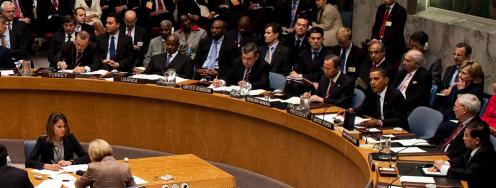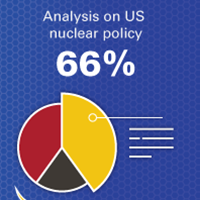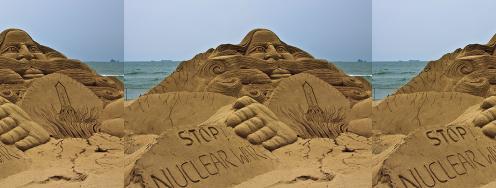The Environmental Cost of Nuclear Testing: Hanford Challenge
Today is the International Day Against Nuclear Testing. It is important to be aware that preventing future nuclear tests is crucial to the health and safety of the people who inhabit this small planet. More than that, we need to make the connections and recognize that there is a whole system behind the creation of nuclear weapons that has left humanity with a toxic legacy that will persist for thousands of generations to come. Even if we humans don’t detonate another nuclear weapon, the damage that has already been done is incalculable.
The first nuclear test in the world, called the Trinity Test, happened in the New Mexico desert, courtesy of the U.S. government. Scientists at Los Alamos had come up with a workable design to use a man-made element, plutonium, as the fuel for that weapon. The plutonium for Trinity bomb, and for the nuclear weapon dropped on Nagasaki, and for the tens of thousands of nuclear weapons eventually made by the United States, was produced at the Hanford Nuclear Site in southeastern Washington State.
Hanford produced plutonium from 1944 to 1986.
Today, Hanford is widely acknowledged as the most-contaminated site in the nation and home of one of the world’s largest environmental remediation projects. The vast extent – the sheer volumes and concentrations of toxic and nuclear contamination at Hanford – defies imagination. Two-thirds of the nation’s high-level radioactive waste is stored there in 177 underground tanks at Hanford. Each tank is the size of a four-story apartment building. Yet the waste inside these tanks is harmful in microscopic quantities. A particle so small that the naked eye could not see it could cause cancer, mutation or other illnesses if ingested.
Most of the tanks are old single-shell tanks built in the 1940s and 1950s. They were designed to last 20 years. Newer tanks were built in the 1980s because there was no more room and the older single-shelled tanks were failing. These 29 double-shelled tanks were designed to last 40 years. Half of the single-shelled tanks have already failed. They have leaked more than one million gallons of hot radioactive sludge to Washington’s soil and groundwater.
In February, the Department of Energy which owns, operates, and regulates the Hanford Nuclear Site announced that up to six or more tanks were actively leaking. Given enough time, all the tanks will leak. It is simply a matter of when.
Similar to Fukushima, Hanford has run out of tank storage space. Hanford tanks are leaking today, adding to the mass of toxic sludge that has already polluted the soil and groundwater. Hanford is surrounded by apple orchards, vineyards, and vast irrigated lands used for growing potatoes, wheat, and many more crops that may be affected. And worse, the pollution is traveling to the Columbia River. And Hanford has no plan to stop it.
Washington State is at a cross-roads. We have inherited one of the world’s biggest toxic messes, sitting astride the nation’s second most powerful river, home of the largest salmon run in Washington. Hanford stopped making plutonium over 30 years ago. We taxpayers have spent over $40 billion in the massive effort to contain – not clean-up – contain, the worst of the mess at Hanford. Yet not one drop of Hanford’s high-level waste has been treated or disposed.
So, as we commemorate the International Day Against Nuclear Testing and work to prevent future testing of nuclear weapons, let’s not forget the vast toxic legacy at places like Hanford, which are replicated throughout the United States and the world. We must realize that long after we are gone, nuclear waste will live on and persist in poisoning future generations and our planet. It is an urgent and moral duty to prevent the development, testing or use of new nuclear weapons, and to dismantle the ones we have world-wide. And, we must attend to the giant mess we have already created.
***
Tom Carpenter is the executive director of Hanford Challenge, a non-profit group dedicated to cleaning up the Hanford Nuclear Site.Previously, Tom worked as the Director of the Nuclear Oversight Campaign for the Government Accountability Project from 1985 to 2007. He also founded Cincinnati Alliance for Responsible Energy (CARE) , which challenged plans to open the defect-ridden Zimmer Nuclear Power Plan.Through his work at GAP and Hanford Challenge, Tom has visited dozens of nuclear sites in the U.S. and Russia, hosted international conferences on protecting nuclear whistleblowers and examining the legacy of highly-contaminated nuclear facilities. Please note that the opinions expressed in this article are attributed to the author and do not necessarily reflect the position of Ploughshares Fund.



